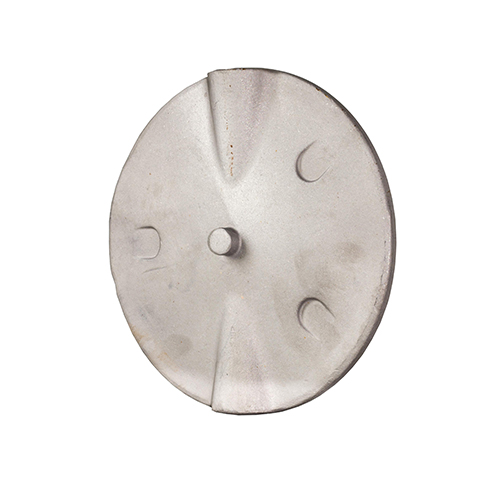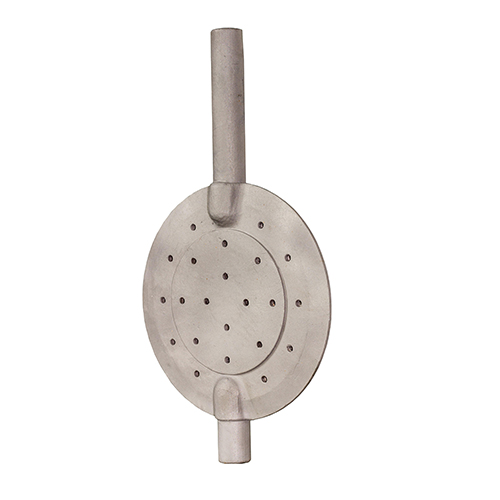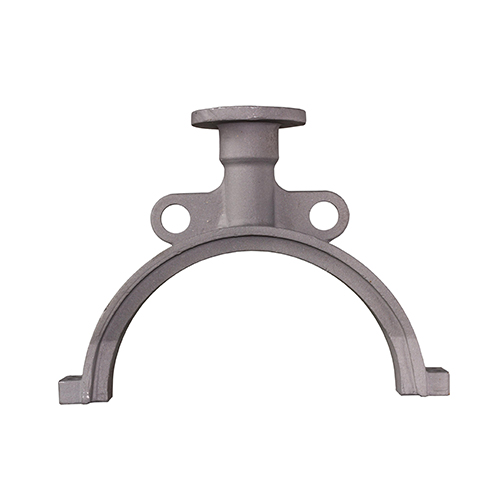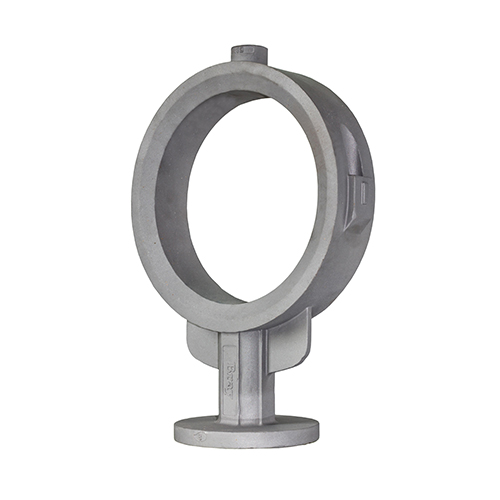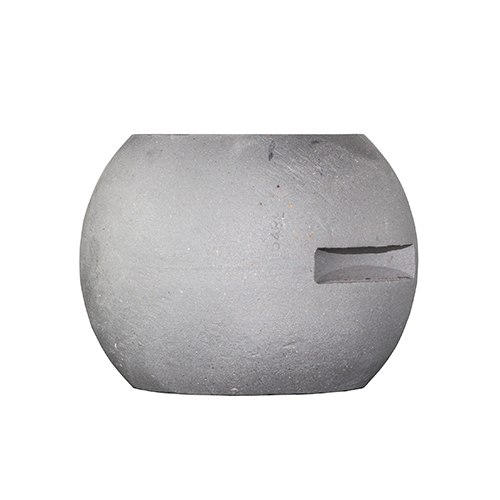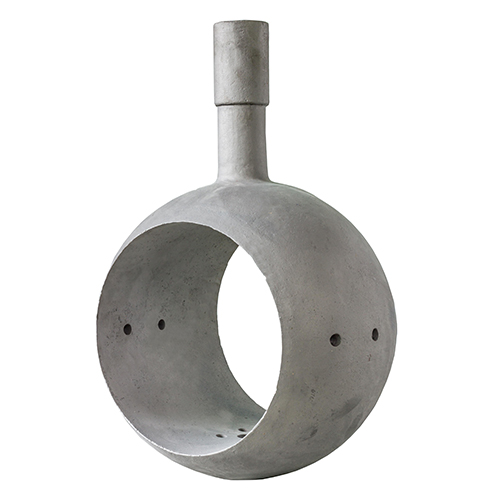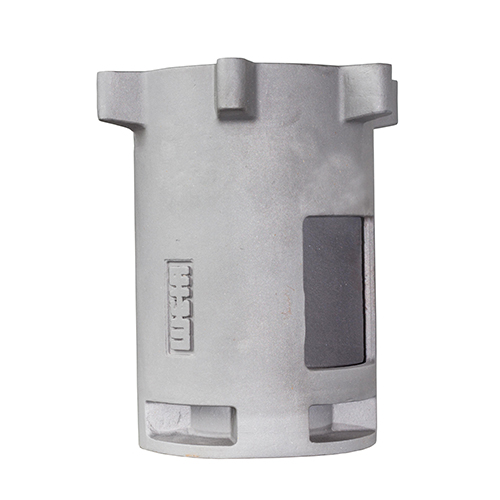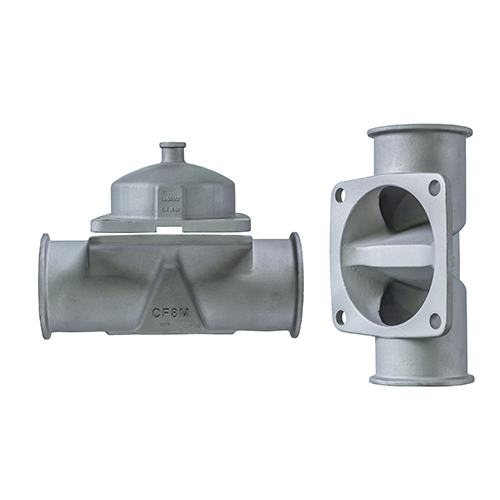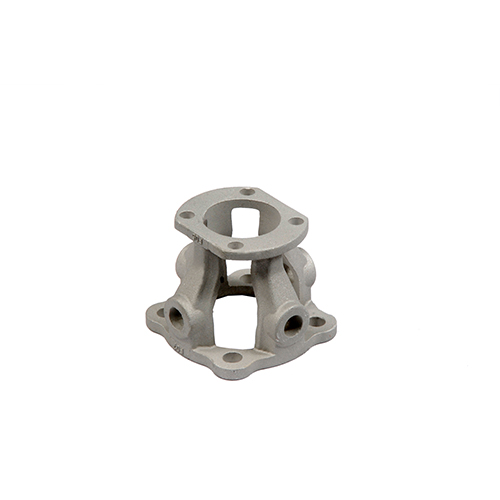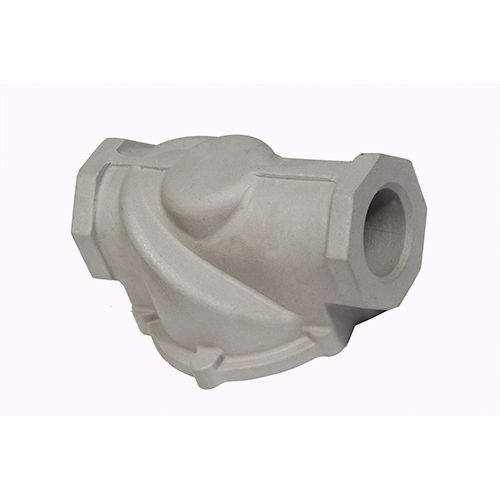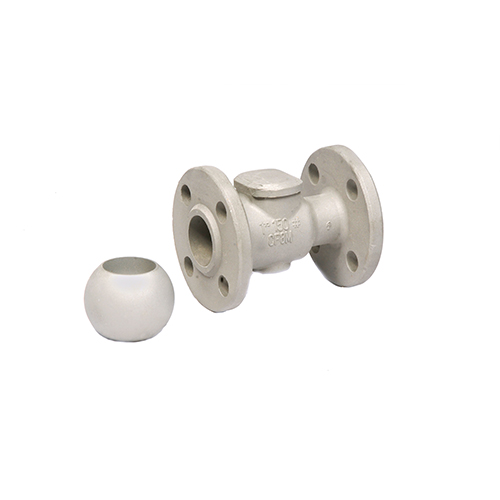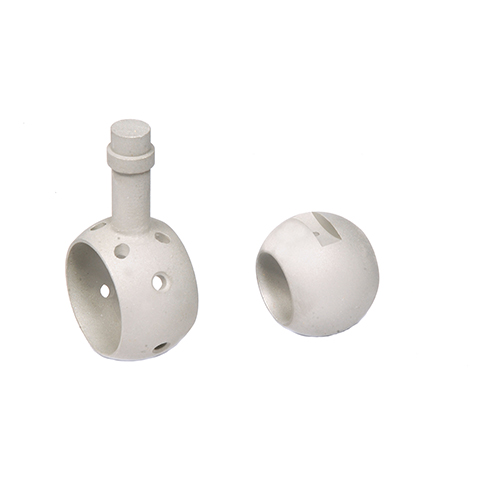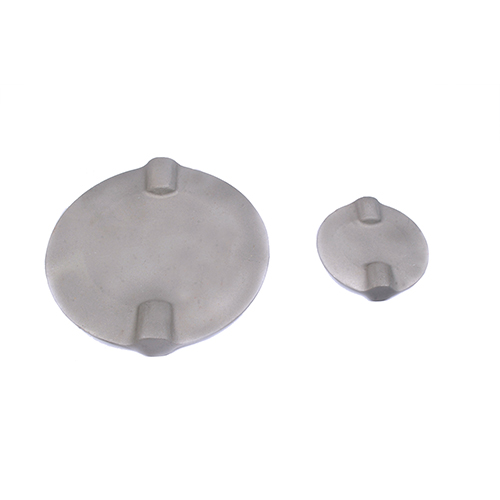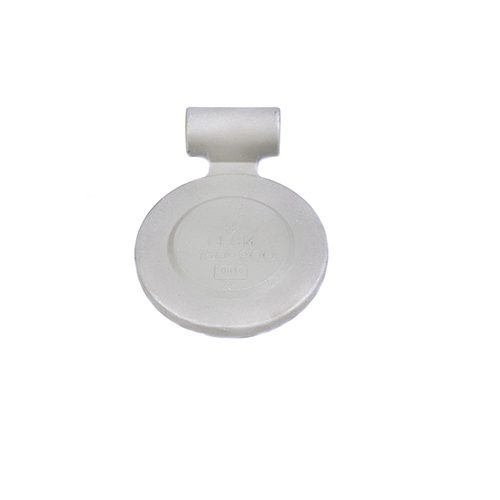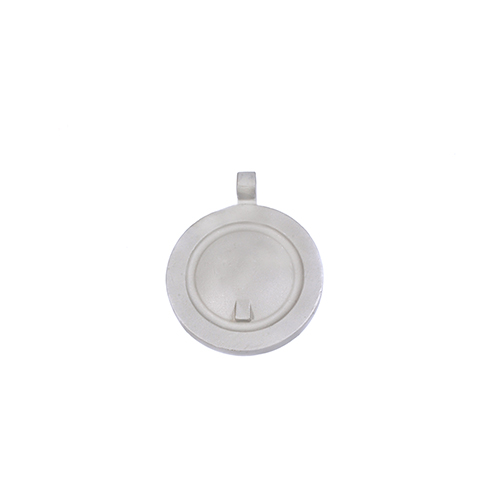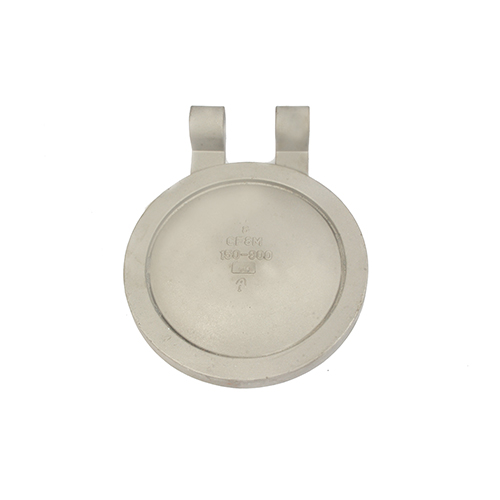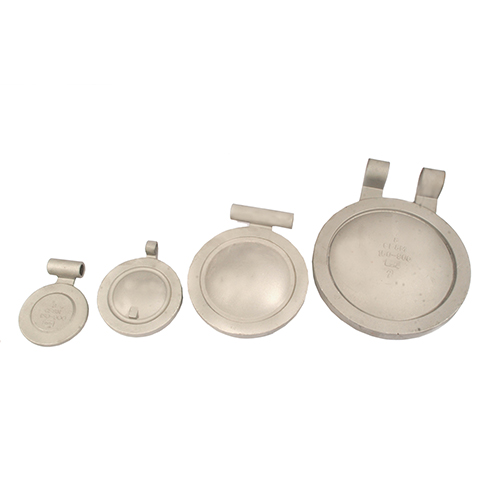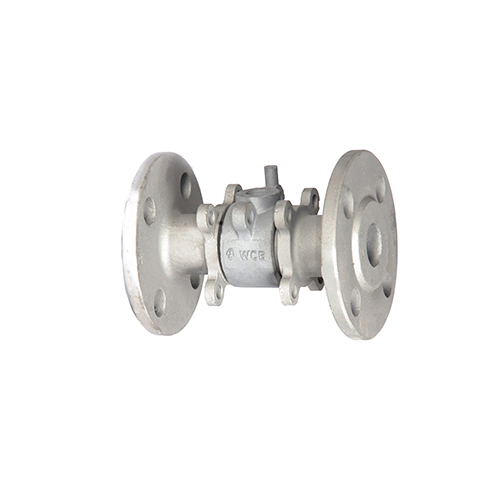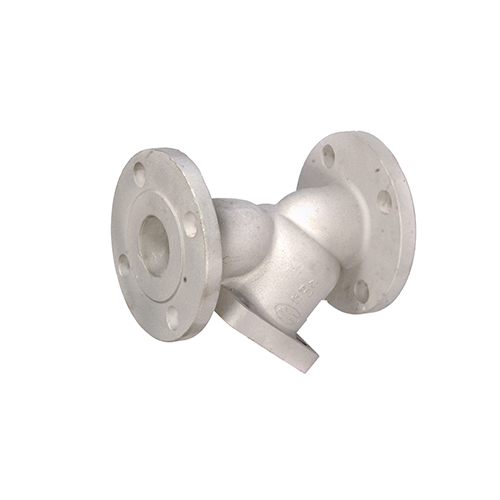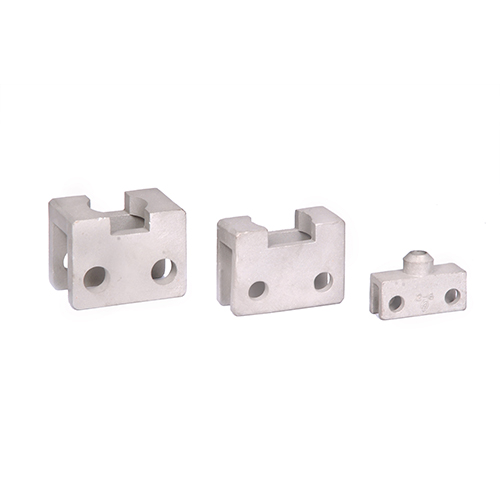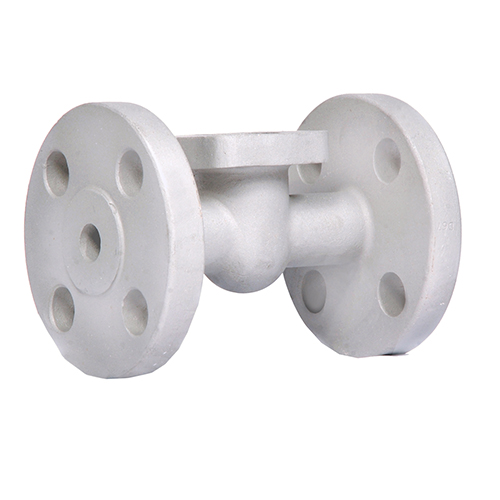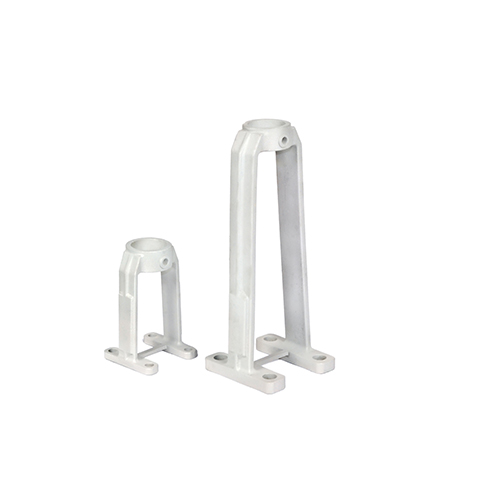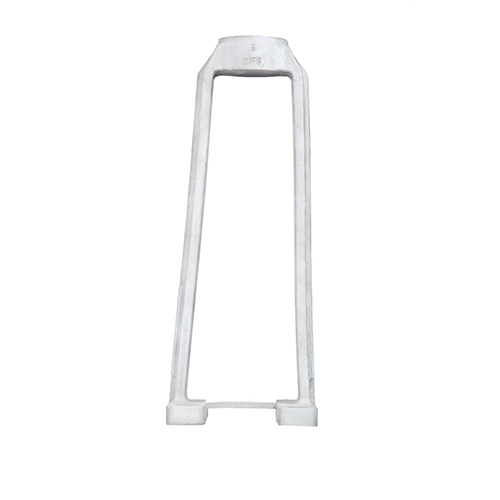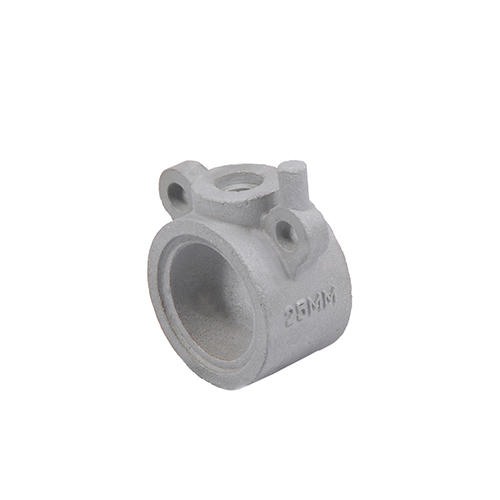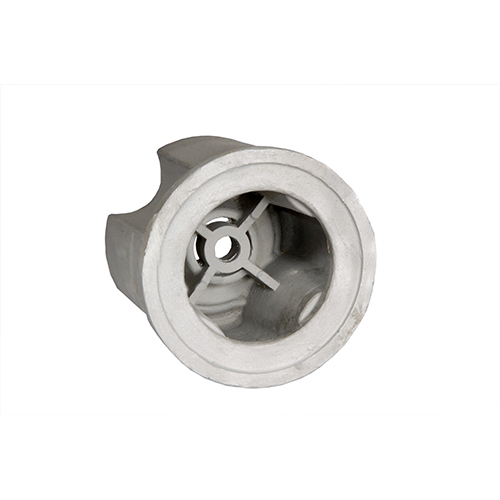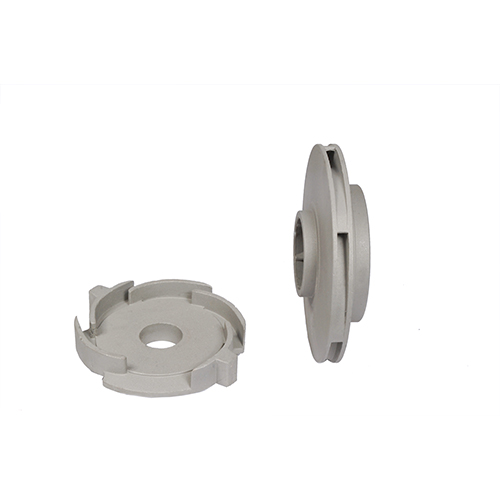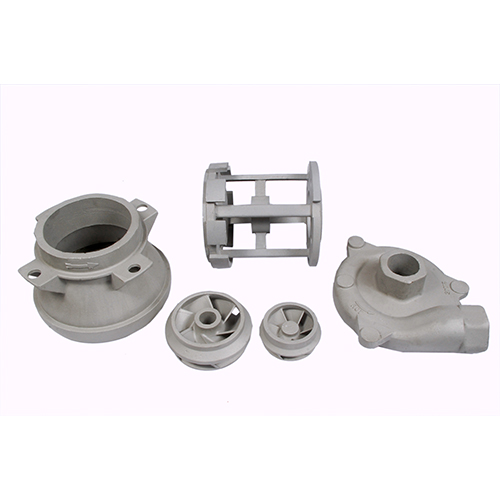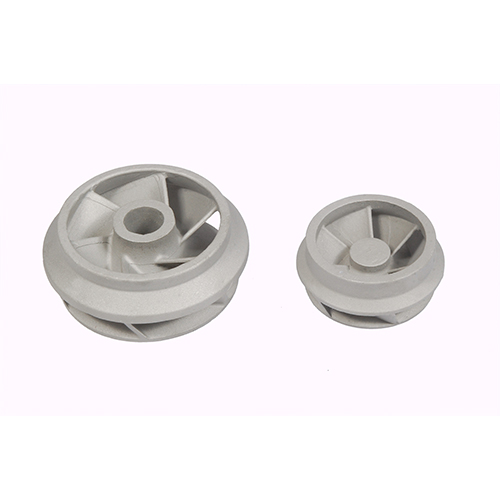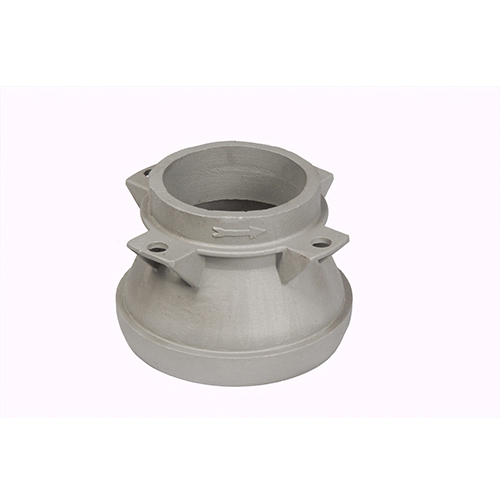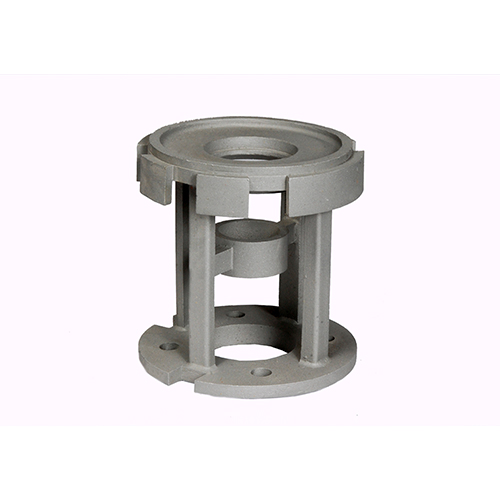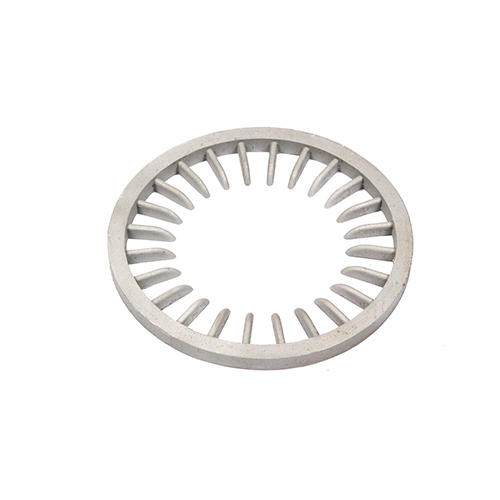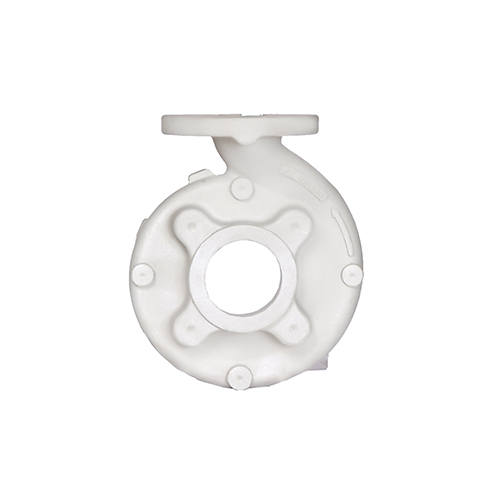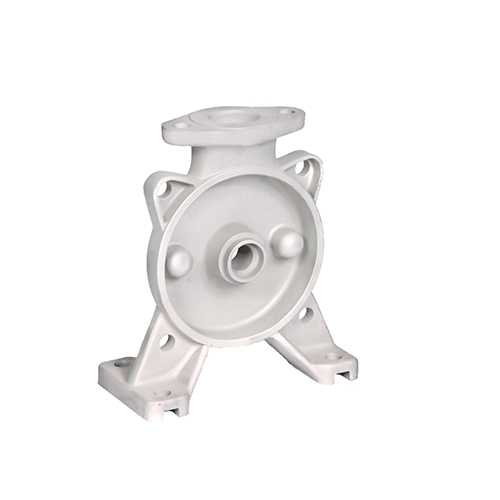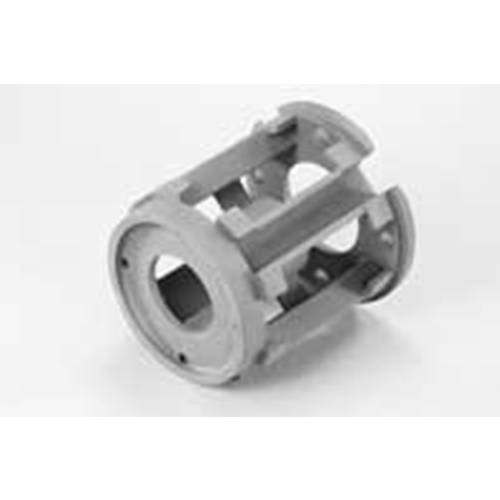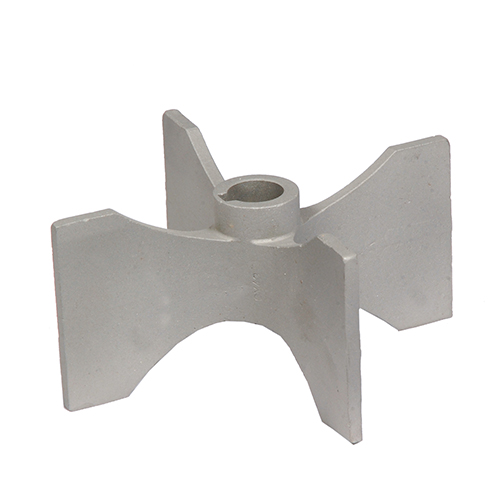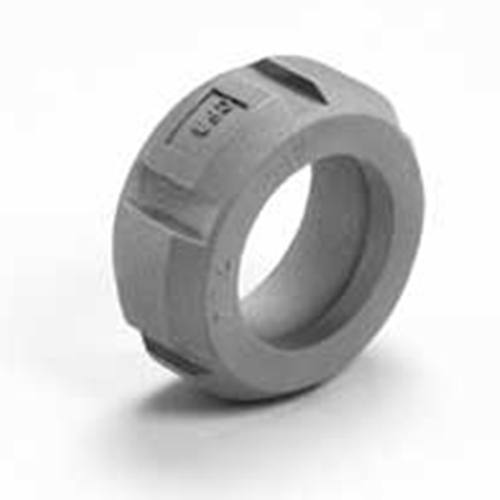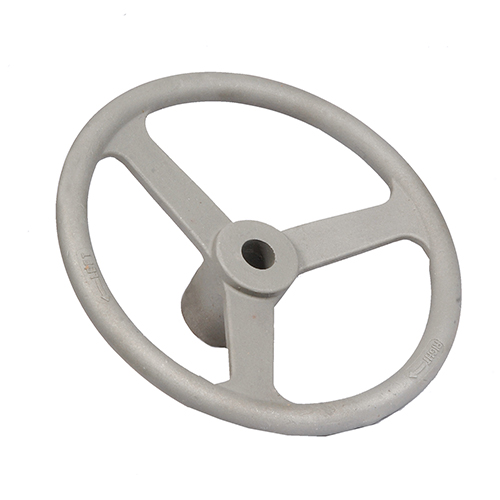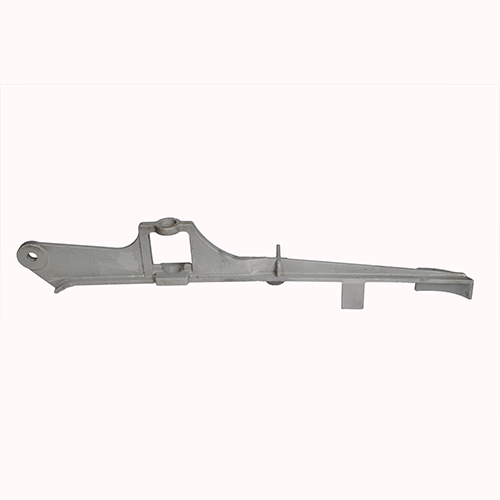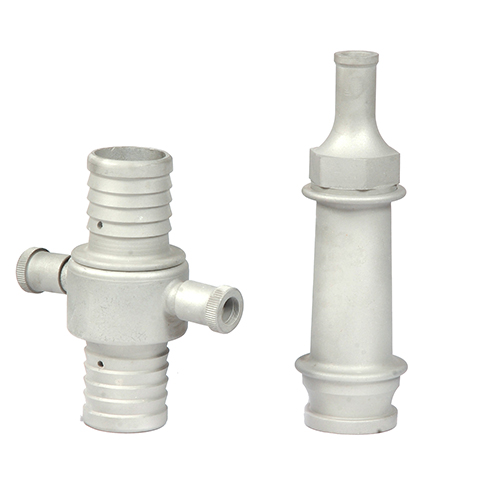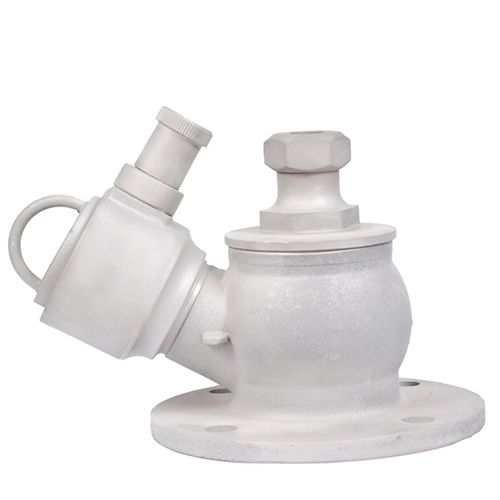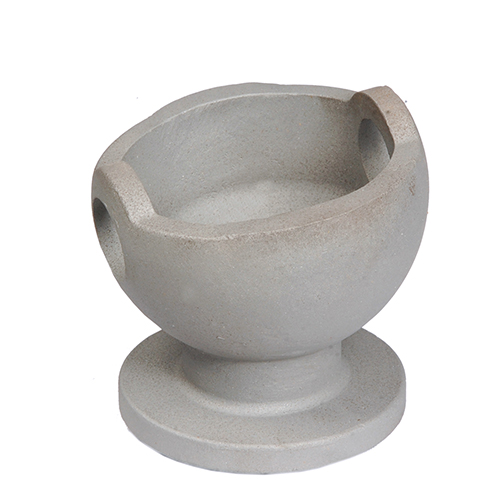Investment Casting is also known as precision casting and manufactured casting by a special process called Lost Wax / Feinguss / Microfusion Process, this is explaining as under by different stage.
-
1. Tool/Die Making.
Tool/Die to be prepare by CNC & VMC machine in which is cavity same as original casting & pressurized liquid wax injected into it and & create wax pattern, commonly use aluminum alloys for easy machining, high strength, high cooling rate & easy handling during wax injection.
-
2. Wax Preparation
Petroleum wax used for pattern production, which melted in melting pot & prepare as per QCP requirement of wax pattern in semi liquid form.
-
3. Wax Injection (Wax Pattern Making)
Pattern Wax is feed into the hydraulic injection press & injected into the tool/dies. After cooling wax get solidified & same to be removed from die.
-
4. Assembly (shell Making/Cluster Making)
After cleaning and finishing the pattern, the assembly is prepared by Runner, riser & Sprue. This Runner, Riser & Sprue are made from wax by wax extrusion press.
-
5. Ceramic Coating
Than assembly (Shell/Cluster) are wash into water & dip into ceramic slurry (Binding Slurry) & apply zirconium Sand by Sand Raining Machine this process call primary coat & same process follow repeated 8 to 12 Times by different mesh size alumina contain ceramic sands, is called secondary process. Casting’s finishing is depending upon primary coating and strength of shell is depending upon secondary coating. Now final drying is done in shell trolleys. In weather controls drying room at Temperature 20- 25C’& maintain humidity at 50-55 %.
-
6. Dewaxing
Now dyed shell are put into dewaxing autoclave which is pressured chamber & Steam injected at 6 – 7 KG/Cm2 pressure so wax are getting melted & remove from Shell. Now this ceramic shell are fired at 1000 C’ in Shell Backing furnace to achieve high thermal strength to withstand high Temperature of Liquid metal during pouring. Liquid wax is recycling to re use for pattern making.
-
7. Melting & Pouring
Now metal is melted in induction Furness @ 1580- 1650 °C. & prepared accordingly standard requirement of chemical properties in metal & poured into heated shell.
-
8. Knockout & Shell Cutting
After cooling poured shell are knockout in hammer machine & remove ceramic slurry & heat identification transfer into casing Pcs & finally casting remove by Welding cutting or Gas cutting process & remaining runners & riser are reused for melting.
-
9. Heat Treatment
Semi finished Casting is heat treated accordingly standard requirement by Solution Annealing, Normalization, and Tempering to achieve mechanical properties of casting.
-
10. Fettling
After heat treatment castings are final finishing are carried out by different process like pneumatic grinding, grit blasting etc.
-
11. Machining & assembly
Finished casting are duly machine in CNC & VMC accordingly requirement of drawings. Also provide service to customer for providing semi assembly of machined casting.
-
12. Value added Process
Depend on special requirement microfusion carried out various tests like Pressure testing, Non Destructive Testing (MP, DP, UT, RT), IGC testing, Impact testing, through in house facility or by working with well-known external agencies.
-
13. Final Inspection
We apply 100% visual inspection followed by dimensional inspection. & NDT is done as per customer’s requirement.
-
14. Packing & dispatch
Finally product duly packed into Wooden Boxes or Corrugated Boxes followed by fumigated condition & sea worthy packing with all tracabilites & dispatch as per customer suggested logistic.
-
Complexity:
The ability to produce complexity in parts which can be re-designed to save weight without loss of strength and almost any degree of external as well as internal complexity can be achieved. Thus many parts from competitive processes can be converted to investment castings.
-
Capabilities:
The process is capable of producing precise details like holes, complex undercuts, lettering, slots and dimensional accuracy in parts weighing many pounds or just few ounces.
Microfusion cast & alloys is Capability to produce Single Pc of Investment casting from few grams to 120 Kgs in Single Piece.
-
Reduce Production Cost:
By investment casting you can reduce machining cost, material costs and tooling start-up cost on the final components. Thus investment casting offers a combination of features which can translate to cost saving benefits for you.
Investment casting process can eliminate unnecessary metal and weight from non functional areas of the part.
-
Broad range Of Alloy Selection:
The company is equipped to handle all low stainless steel, Duplex Steel, / high carbon steel, low/ high alloy steel, nickel based alloys & Cobalt base metal, special corrosion resistant alloys etc.
Any ferrous and non ferrous alloy can be used, including metal which can’t forge or are too difficult to machine. Further, the cost of the alloy is less important in the final price of an investment casting than in many other metal forming processes; therefore an upgraded alloy can be specified (especially if the part is redesigned to save weight) at little or no increase in price.
-
Reliability:
The long standing use of investment castings in aero engines, nuclear power plants, deep sea machineries and space engines for the most demanding applications has fully demonstrated their ability to be manufactured to the highest standards.
-
Close Dimensional Tolerance:
Investment casting gives more exact tolerances than other processes Like Sand Casting, Forgings and it’s also depending on the part size & complexity of products.
Generally follow ISO 8062 CT4 to CT7 & IS 11166 Class -2
-
Low cost prototype development:
Tool (Die or Mold) Cost of Investment casting is lower than other process Like Die Castings, Forgings, sand Mold Cast etc.
| Process | Design Freedom | Tolerance Capability | Alloy Selection | Size Range | Surface Finish | Size Range | Lead Time | Tool Cost | Machining Cost |
|---|---|---|---|---|---|---|---|---|---|
| Investment Casting | Excellent | Excellent | Excellent | Excellent | Excellent | Excellent | Medium | Low | Low |
| Forging | Good | Fair | Good | Fair | Fair | Fair | Short | High | High |
| Sand Casting | Good | Fair | Excellent | Good | Fair | Good | Short | Medium | High |
| Fabrication | Fair | Fair | Fair | Good | Fair | Good | High | Low | Medium |
| Die Casting | Excellent | Excellent | Fair | Good | Excellent | Good | Short | High | Low |

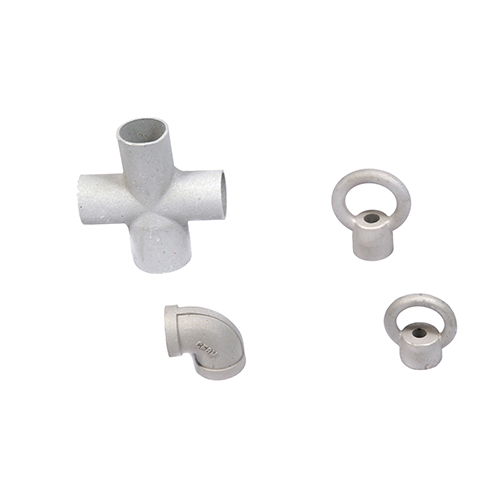
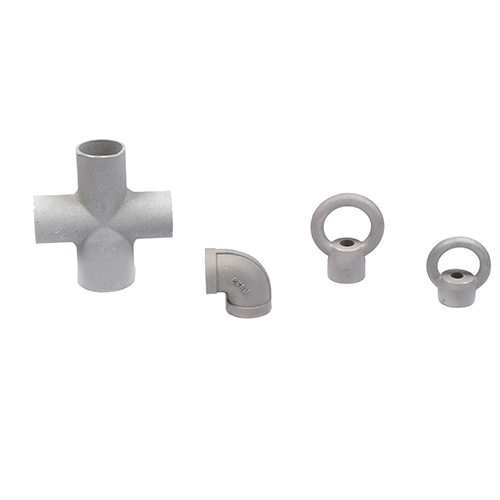
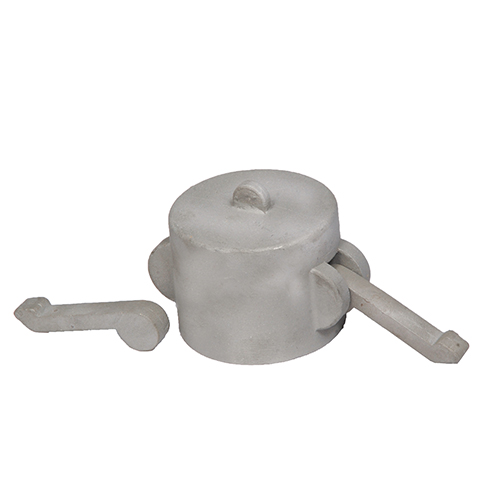
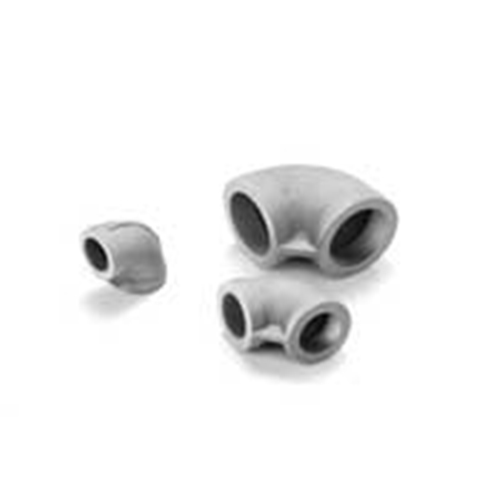
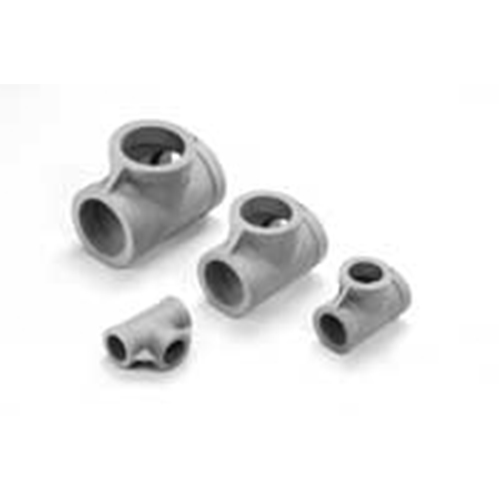
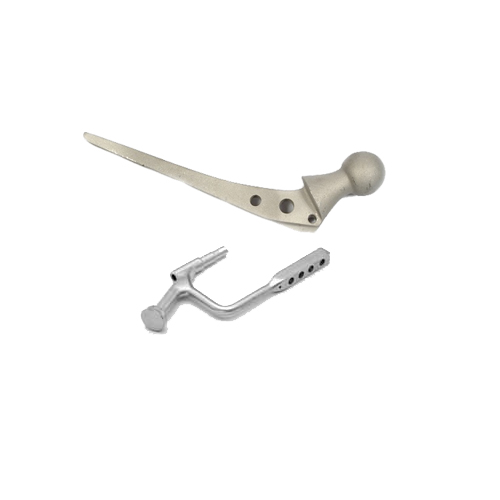
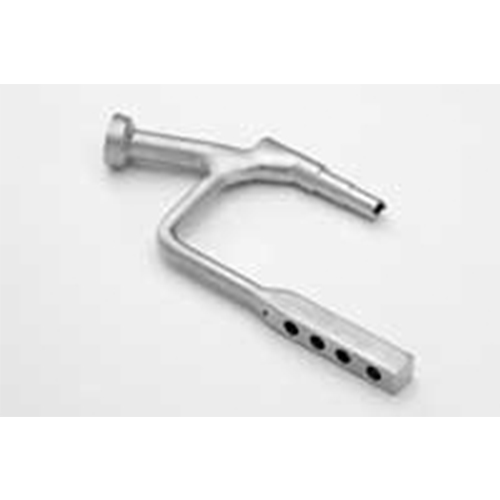

.jpg)
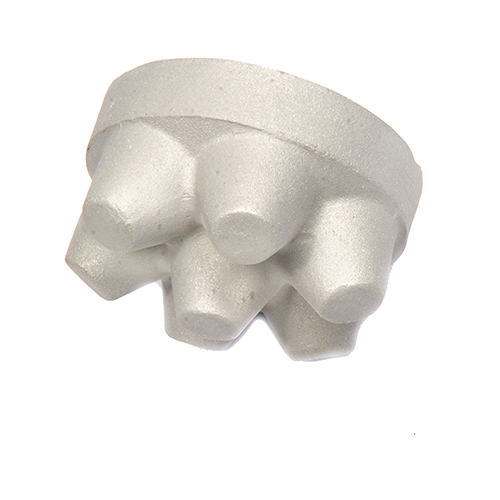
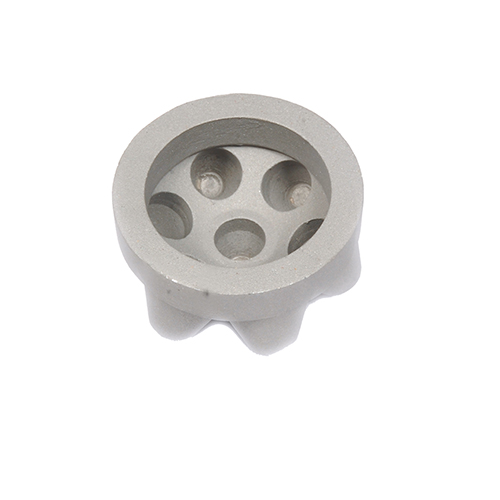
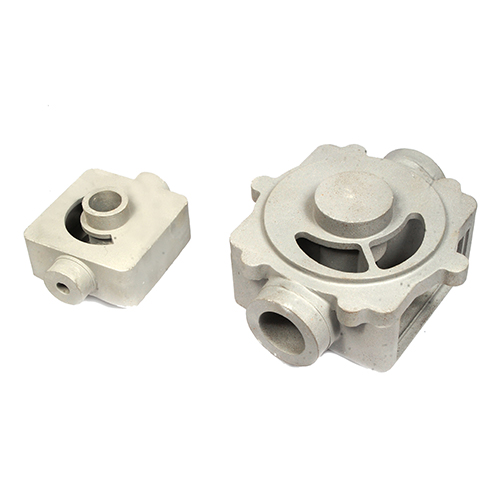
.jpg)
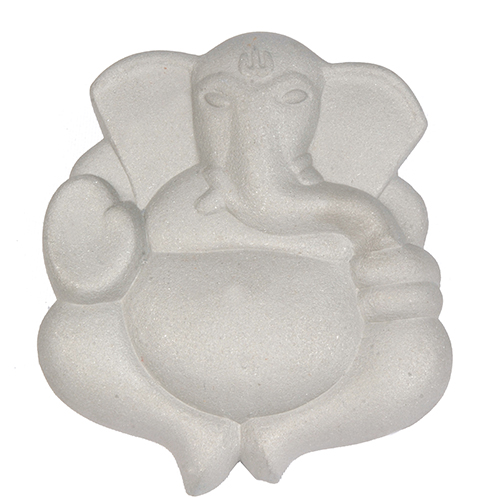
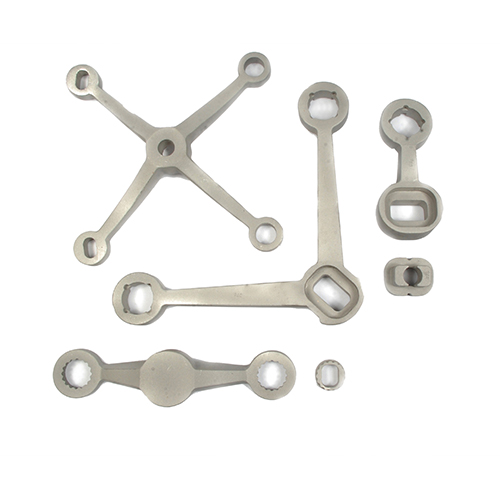
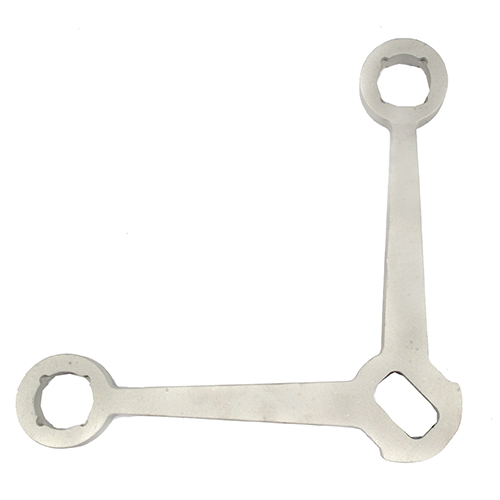
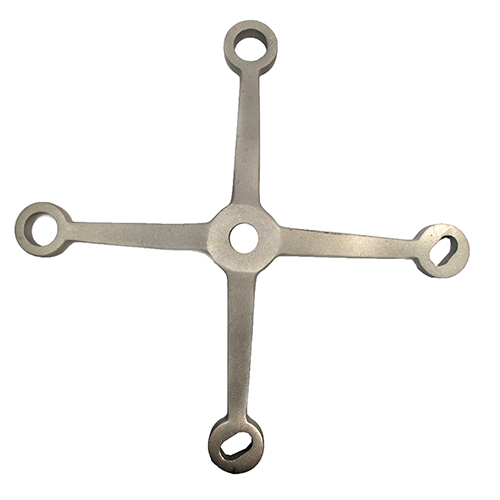
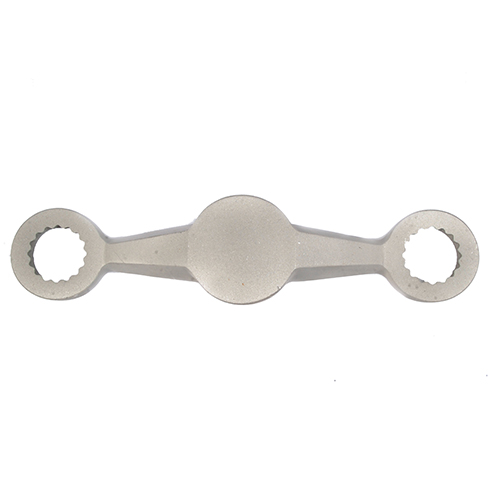
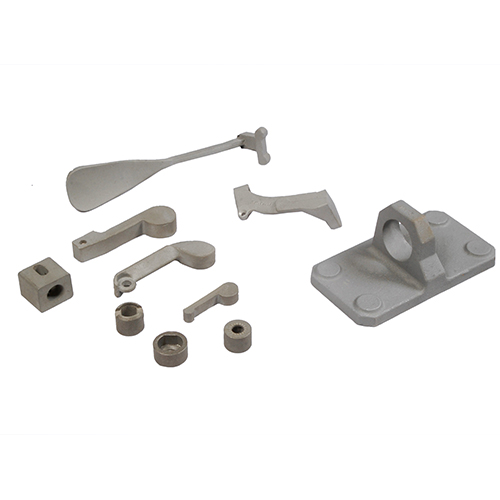
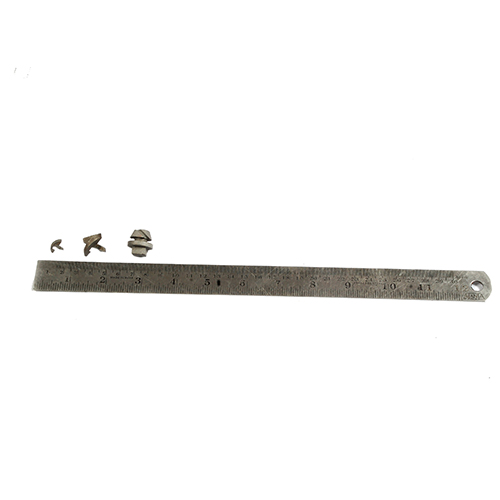
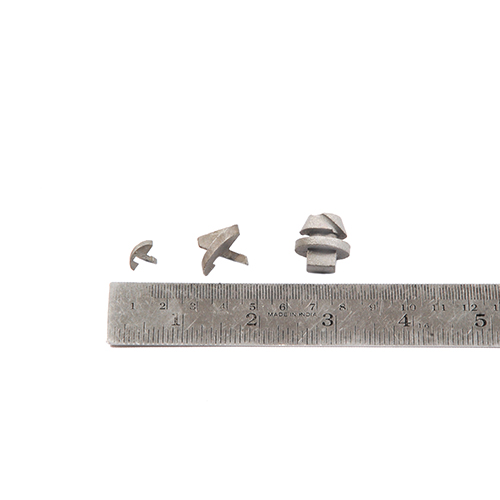
.jpg)
